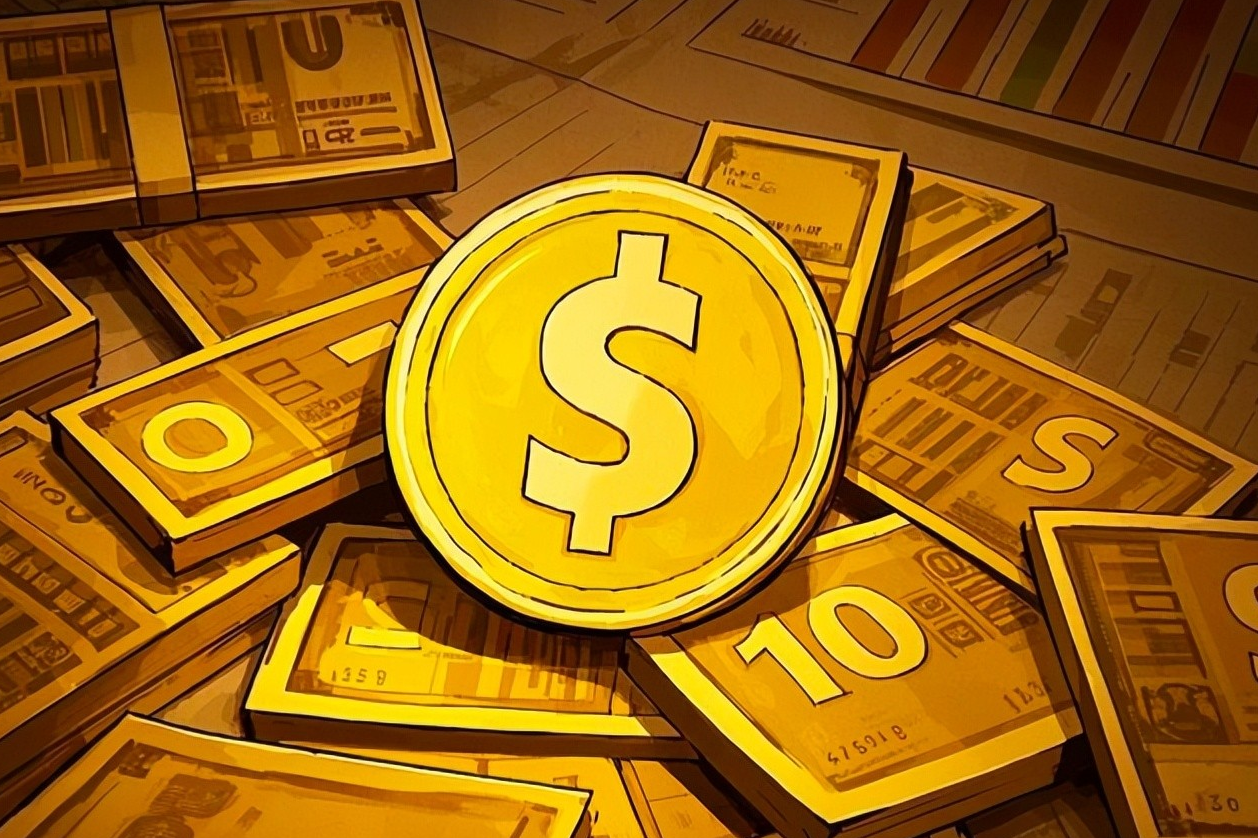China Holds LPR as U.S. Cuts Rates
Advertisements
In recent developments, the People’s Bank of China (PBOC) has chosen to maintain the Loan Prime Rate (LPR) at both one year (3.1%) and five years (3.6%). This decision was made on December 20 and appears to indicate a significant divergence from the policies of the United StatesOn the eve of this announcement, the U.SFederal Reserve had just lowered its rates by 25 basis points, marking the third consecutive month of cuts, which have totaled 100 basis points so farThis situation raises some critical questions about the economic strategies of these two major powers.
The Chinese central bank's reluctance to follow the U.Slead might seem perplexing to some observers, especially given the successful outcome of the previous rate cut back in SeptemberThat decision had spurred a noticeable uptick in the stock market, with trading volumes exceeding ten thousand consistently, and the real estate market also responded positively with a marked increase in transaction volumes.
Key discussions during the Central Economic Work Conference signaled that the PBOC is committed to implementing a modestly accommodative monetary policy
However, a crucial aspect of this policy is the notion of timingWhile the bank has acknowledged the need to consider potential interest rate cuts, specifically in terms of lowering required reserve ratios (RRR) and interest rates, it indicated that these would be executed with caution and at a moment deemed suitable based on a comprehensive analysis of both domestic and international situations.
The complexity in navigating monetary policy becomes evident when considering the factors influencing currency exchange ratesLowering interest rates can lead to currency depreciation, which is a pertinent concern for China as it seeks to avoid too sharp a drop in its currency valueBefore the U.Simplemented its recent interest rate cut, China had opted to maintain a more stable monetary policy to prevent drastic devaluation of its currency.
There's a larger implication to consider regarding economic growth and monetary policy
- Why H-Shares of State Banks Face Scrutiny
- The Stock Market Celebration is Coming to an End
- Rate Cuts on Hold Amid Strong Economic Data
- Lincoln China: 2024 Initiatives and 2025 Outlook
- Carbon Neutrality: An ESG Investment Case
Observing the U.Sapproach during various economic crises, especially during the pandemic, highlights a rather adaptive policy stance aimed at promoting economic recoveryThe aggressive measures taken—such as zero-interest rates and limitless quantitative easing (QE)—were essential in avoiding a deeper downturn, providing essential liquidity, and ultimately rescuing the economy from an impending crisis reminiscent of the 2008 financial meltdown.
However, such expansive monetary policies are often accompanied by the challenge of inflationSince the latter half of 2021, inflation rates in the U.Sbegan to rise, prompting the Federal Reserve to adopt a strategy of increasing rates to curb this inflationary pressureWhile higher rates can promote stability against inflation, they can also exacerbate debt burdens on households and government alike, leading to the conclusion that maintaining high interest rates isn’t sustainable for long.
As the U.S
inflation rate recently dipped below 3%, the initiation of a rate-cutting cycle indicates a flexible approach to monetary policy, aiming to bolster economic growthIndeed, this strategy seems to be yielding positive results, with the American economy continuing to experience growth, outpacing pre-pandemic markers and establishing itself as one of the world’s stronger economic performers.
Contrastingly, China finds itself grappling with concerns around deflation, currently hovering around 1%. Understanding deflation is essential: at its core, it signifies a contraction in consumer spending, which often spirals downwards, perpetuated by a lack of funds in the hands of consumersThis creates a vicious cycle where consumer confidence diminishes, and fewer goods are purchased.
A pivotal question arises: who will break this cycle? The average citizen often lacks the means to instigate change singlehandedly and finds themselves in a reactive rather than proactive role

Transforming the current situation necessitates intervention from larger organizational entities, such as the government or financial institutionsFor instance, lowering interest rates could have substantial ripple effects, benefiting the financial sector's current account as they could save on costs, while consumers can have their debt serviced at lower rates, potentially reviving consumption.
Despite being the world’s largest automotive producer, China’s vehicle ownership is notably low, particularly when compared to other producing nations like Thailand or MexicoThe question arises: why isn’t there greater consumer demand for cars? Beyond personal preferences or the availability of public transportation, financial constraints play a significant roleIf economic conditions allowed it, many consumers would likely embrace vehicle ownership
Leave a comments